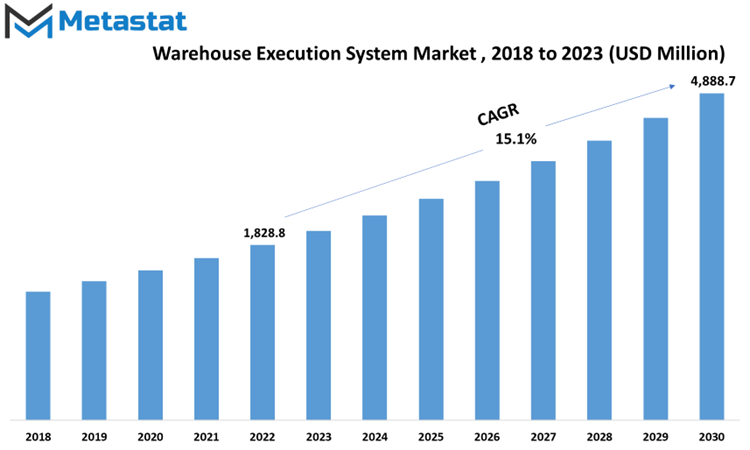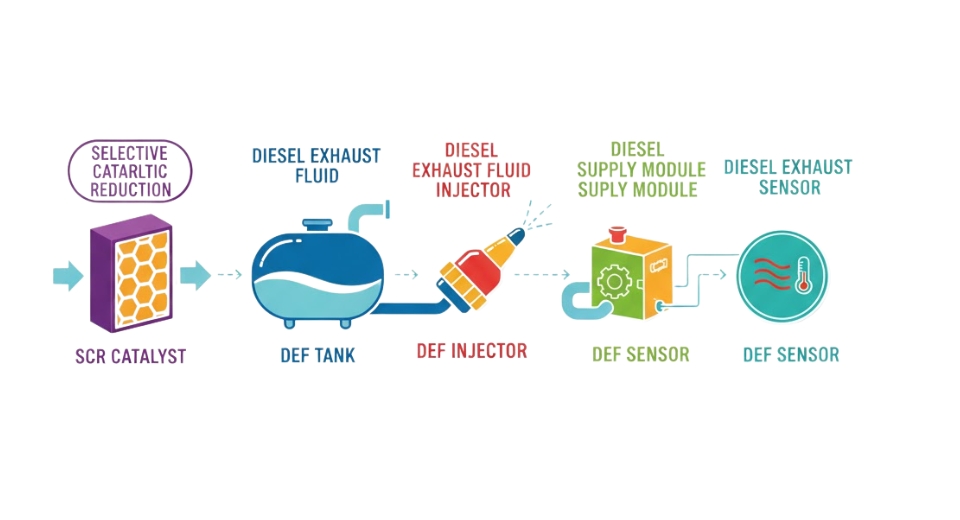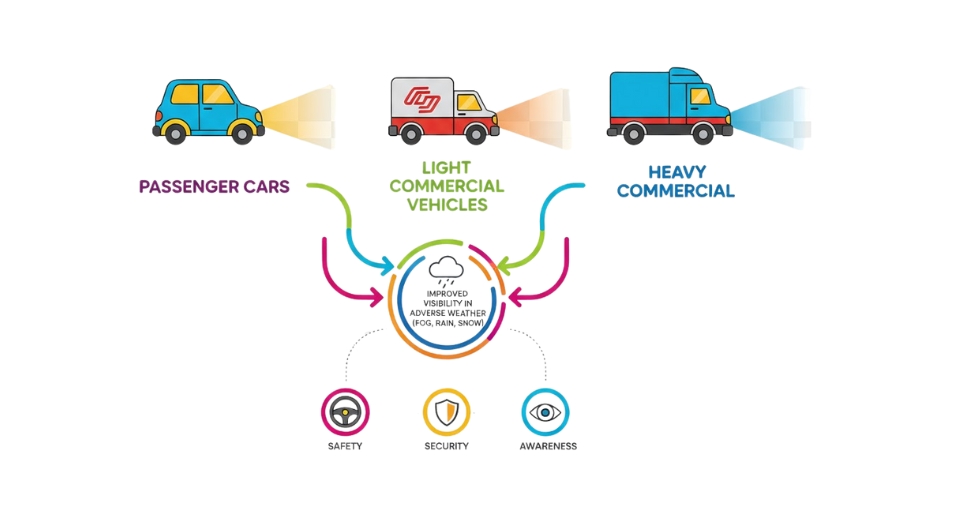MARKET OVERVIEW
Warehouse Execution Systems assume a pivotal role in the contemporary realm of supply chain governance, ensuring the efficient storage, retrieval, and dispatch of goods to align with the exigencies of discerning clientele. They coalesce seamlessly with other warehousing technologies, such as Warehouse Management Systems (WMS), Automated Material Handling Systems (AMHS), and an array of sensors and contrivances, orchestrating and mechanizing tasks within the confines of a repository. Global Warehouse Execution System (WES) market is estimated to reach $1,828.8 million in 2023 with a CAGR of 15.1% from 2023 to 2030.
The Global WES domain encompasses the universal appetite for these mechanisms. It entails the commerce and trade of WES remedies, encompassing both the ethereal realm of software and the corporeal domain of hardware, along with their attendant services. Enterprises of every magnitude and purview partake in this transaction, transcending boundaries of industry and scale. The magnitude and trajectory of this marketplace are swayed by a multitude of factors, including the burgeoning bastion of e-commerce, the surging expectations of consumers clamoring for expeditious deliveries, the imperativeness of precision in inventory stewardship, and the embracement of automation and robotics within the precincts of storehouses.
Entities proffering Warehouse Execution Systems embark upon the development and dissemination of their offerings, meticulously tailored to cater to the myriad exigencies that afflict repositories and distribution centers. These bespoke solutions are artfully architected to grapple with specific conundrums that vex businesses, encompassing the imperative task of curbing operational overheads, the enhancement of order fidelity, and the elevation of the omnibus efficiency of the repository.
In recent times, the Global WES market has borne witness to the expansion, an effulgence that can be attributed to the incremental appreciation of the manifold advantages proffered by these systems in the optimization of warehousing operations. As enterprises labor assiduously to align themselves with the ever-evolving cravings of their patronage and endeavor to retain their competitive edge within the matrix of the global market, the vogue for Warehouse Execution Systems is poised to burgeon unabatedly.

MARKET DETERMINANTS
The Warehouse Execution System (WES) market is currently experiencing robust growth, driven by the surging demand for e-commerce and the emergence of omni-channel retailing. This shift in consumer behavior has resulted in a significant uptick in online shopping, necessitating the optimization of warehousing operations. Traditional manual processes are proving insufficient to meet this demand, compelling businesses to embrace warehouse automation technologies, specifically Warehouse Execution Systems (WES). Omni-channel retailing, with its array of shopping options, underscores the vital importance of WES in harmonizing inventory management and order processing.
In today's dynamic business landscape, supply chain visibility and real-time data analytics have become indispensable. WES solutions offer comprehensive insights into warehouse operations, enabling continuous monitoring, precise inventory tracking, and real-time order status updates. Real-time data analytics plays a pivotal role in proactive decision-making and operational streamlining. Furthermore, it empowers organizations to swiftly adapt to shifting market conditions, thereby elevating customer satisfaction levels.
Nevertheless, the WES market confronts certain challenges, most notably the high costs associated with implementation and maintenance. The intricacies of integrating WES into existing infrastructure can result in substantial expenditures, potentially deterring small and medium-sized enterprises. Businesses must judiciously weigh these costs against the benefits before committing to WES adoption.
Another significant obstacle lies in the complexities of integrating WES with existing Warehouse Management Systems (WMS) and Enterprise Resource Planning (ERP) systems. The diverse array of technology stacks and operational workflows within organizations necessitates meticulous planning and close collaboration to ensure seamless integration. Legacy systems and multiple operational units can compound these challenges.
Despite these impediments, the market offers exciting prospects through the incorporation of artificial intelligence (AI) and machine learning (ML) algorithms. This synergy enhances the capabilities of WES, delivering predictive analytics and advanced demand forecasting. AI and ML algorithms analyze historical and real-time data, empowering businesses to make informed decisions regarding inventory management, resource allocation, and order fulfillment. Predictive analytics proactively identifies potential operational hurdles, enabling businesses to take preemptive measures. This integration aligns perfectly with the ongoing trends of automation and intelligent decision-making, ultimately enhancing operational efficiency.
The Warehouse Execution System market is thriving thanks to the surge in e-commerce and omni-channel retailing. Supply chain visibility and data analytics are pivotal, albeit accompanied by challenges related to costs and integration complexities. The integration of AI and ML algorithms holds great promise, ushering in improved predictive analytics and advanced demand forecasting capabilities.
MARKET SEGMENTATION
By Component
The Global Warehouse Execution System (WES) market, a closer examination reveals a nuanced segmentation, notably into two pivotal components: Software and Service. These components serve as the heartbeat of the industry, each contributing its unique rhythm to the overarching symphony of growth and evolution.
Firstly, Software, the digital architect of this domain, is projected to ascend to a substantial valuation of 3764.3 USD Million by the year 2030. It functions as the bedrock upon which the operational prowess of WES is built, wielding the power to orchestrate and optimize warehouse processes with precision and efficiency. Its anticipated growth is a testament to the increasing reliance on advanced software solutions to navigate the complexities of modern supply chain management.
On the other hand, Service emerges as a dynamic force within this ecosystem, poised for remarkable expansion. It is forecasted to experience a robust Compound Annual Growth Rate (CAGR) of 15.3% during the period spanning 2023 to 2030. This growth trajectory underscores the indispensable role that service providers play in the WES landscape. Their expertise in implementation, customization, maintenance, and support services serves as the backbone upon which businesses rely to ensure the seamless functioning of their warehouse execution systems.

By Deployment Model
In the Global Warehouse Execution System (WES) market, there are two primary deployment methods: On-Premises and Cloud-Based. Let's elaborate on each of these deployment options:
On-Premises Deployment: On-Premises deployment refers to the installation and operation of Warehouse Execution Systems within a company's own physical infrastructure, typically within their own data centers or servers located on-site. This approach involves purchasing and maintaining the hardware and software required to run the WES within the company's facilities.
In 2022, the On-Premises segment of the WES market was valued at 724.9 USD Million. It is important to note that this segment is substantial but slightly less dominant than the Cloud-Based segment. The growth forecast for On-Premises deployment is significant, with a projected Compound Annual Growth Rate (CAGR) of 14.9% between 2023 and 2030.
On-Premises deployment offers companies a high level of control over their WES, as they have direct oversight of the infrastructure and data. This deployment method is often chosen by businesses with specific security or compliance requirements that necessitate keeping data and software in-house.
Cloud-Based Deployment: Cloud-Based deployment, on the other hand, involves hosting the Warehouse Execution System on remote servers provided by a third-party cloud service provider. Users access and utilize the system over the internet, eliminating the need for companies to maintain their own physical infrastructure.
This segment holds the majority of the market, reflecting the growing trend towards cloud-based solutions. The growth outlook for Cloud-Based deployment is also strong, with a projected CAGR of 15.2% from 2023 to 2030. Cloud-Based deployment offers scalability, flexibility, and reduced upfront costs for businesses. It allows for remote access and automatic updates, making it an attractive option for companies seeking agility and the ability to adapt to changing business needs quickly.
The Global Warehouse Execution System market offers two primary deployment options: On-Premises and Cloud-Based. While On-Premises provides control and security, Cloud-Based offers scalability and flexibility. Both segments are poised for substantial growth in the coming years, reflecting the evolving needs of businesses in optimizing their warehouse operations and supply chain management.
By End-Users
In the context of the Global Warehouse Execution System (WES) market, it's essential to elaborate on the various end-user segments to understand how different industries utilize. First is the Consumer Electronics market being a significant player in the WES market. In 2022, it accounted for a value of 198.2 USD Million, representing 12.3% of the total WES market. This industry includes companies involved in the production, distribution, and sales of consumer electronic devices such as smartphones, tablets, laptops, and other gadgets.
Warehouse Execution Systems are crucial for the Consumer Electronics industry to efficiently manage inventory, optimize order picking and packing processes, and ensure accurate and timely deliveries to meet the fast-paced demands of the tech-savvy consumer market. This segment's adoption of WES is driven by the need for precision and speed in handling delicate electronic products.
Next, the Pharmaceuticals market also plays a substantial role in the WES market. While the specific market share percentage is not provided in the information, it is undoubtedly a significant contributor. The pharmaceutical industry encompasses the production and distribution of medicines, vaccines, and healthcare products. Warehouse Execution Systems are vital in pharmaceutical warehouses to maintain strict inventory control, adhere to regulatory compliance, and ensure the secure and efficient distribution of critical medications. Accuracy, traceability, and security are of utmost importance in this market, making WES an indispensable tool.
Although not explicitly mentioned in the information provided, the Food & Beverages industry is a major end-user of Warehouse Execution Systems. This market includes the production and distribution of food and beverage products, ranging from fresh produce to packaged goods. WES is instrumental in managing perishable inventory, optimizing order fulfillment, and maintaining food safety standards. This industry relies on efficient warehouse operations to meet consumer demands and comply with strict quality and safety regulations.
Apart from this, the Automotive market involves the manufacturing and distribution of vehicles and automotive parts. It is another crucial end-user of WES, although specific market share details are not provided. In the automotive industry, precision and efficiency are essential. Warehouse Execution Systems help manage a vast array of automotive components and streamline supply chain processes, ensuring the right parts are available when needed for manufacturing and servicing vehicles. Along with Third-Party Logistics (3PL) companies provide outsourced logistics and supply chain services to various industries. While the exact market share is not mentioned, 3PLs are significant users of WES. WES is a core technology for 3PLs, enabling them to efficiently handle and manage inventory on behalf of their clients. It allows for real-time tracking and visibility of goods in transit and at distribution centers, enhancing the overall efficiency and transparency of the logistics process.
All said, the categories are not just these many, there are several other end users. The Others category typically includes various industries not explicitly listed, such as retail, apparel, and industrial goods. These markets also benefit from Warehouse Execution Systems to improve warehouse operations, reduce costs, and enhance customer service.
The Global Warehouse Execution System (WES) market caters to a diverse range of end-user segments, each with its unique requirements and challenges. These segments, including Consumer Electronics, Pharmaceuticals, Food & Beverages, Automotive, Third-Party Logistics, and others, leverage WES to enhance warehouse and supply chain efficiency, ultimately contributing to the growth and evolution of the WES industry.
REGIONAL ANALYSIS
The Global Warehouse Execution System (WES) market can be categorized by region into North America, Europe, Asia Pacific, South America, and the Middle East and Africa. The North America market encompasses the United States, Canada, and Mexico. In Europe, we find countries such as Germany, France, the United Kingdom, Italy, and Russia, while the rest of Europe includes additional nations. Meanwhile, the Asia Pacific Warehouse Execution System (WES) market is divided into China, Japan, South Korea, India, and the rest of Asia Pacific. South America's market includes Brazil, Argentina, and other regions. Lastly, the Middle East and Africa region can be further segmented into Saudi Arabia, the UAE, Israel, South Africa, and the rest of MEA.
The North America Warehouse Execution System (WES) market is anticipated to exhibit a robust CAGR of 14.9% from 2023 to 2030. In 2018, the European Warehouse Execution System (WES) market boasted a valuation of 356.5 USD Million. Meanwhile, the Asia Pacific Warehouse Execution System (WES) market recorded values of 243 USD Million in 2018 and an impressive 348.5 USD Million in 2022.
COMPETITIVE PLAYERS
Within the Warehouse Execution System (WES) industry, several key players are orchestrating the future. Bastian Solutions, LLC, Dematic, Extensiv, Fortna Inc., Generix Group, Honeywell International Inc., Hy-Tek Intralogistics, Interlink Technologies, Invata Intralogistics, Inyxa, Lucas Systems, Inc., Matthews International Corporation, Softeon, VARGO, and Westfalia Technologies, Inc. all dance to the rhythm of innovation and evolution.
However, Bastian Solutions has crafted its reputation on the anvil of successful implementations, pioneering problem-solving, and a profound grasp of the ever-shifting landscape of warehouse automation. By consistently pushing the boundaries of technological ingenuity and remaining finely attuned to the symphony of industry trends, the company establishes itself as a forward-thinking partner, bestowing businesses with the confidence to voyage through the labyrinthine intricacies of contemporary supply chains.
Dematic's distinguished eminence in the realm of intelligent intralogistics originates from its unwavering commitment to steering transformative automation solutions. By weaving advanced technologies into the tapestry of operations, tailoring solutions with artisanal precision to the unique needs of each client, and nurturing symbiotic collaborations, the company positions itself as an unwavering conductor of streamlined and highly efficient supply chain orchestrations.
Warehouse Execution System (WES) Market Key Segments:
By Component
- Software
- Service
By Deployment Model
- On-Premises
- Cloud-Based
By End-Users
- Consumer Electronics
- Pharmaceuticals
- Food & Beverages
- Automotive
- Third-Party Logistics
- Others
Key Global Warehouse Execution System (WES) Industry Players
- Bastian Solutions, LLC
- Dematic
- Extensiv
- Fortna Inc.
- Generix Group
- Honeywell International Inc.
- Hy-Tek Intralogistics
- Interlink Technologies
- Invata Intralogistics
- Inyxa
- Lucas Systems, Inc.
- Matthews International Corporation
- Softeon
- VARGO
- Westfalia Technologies, Inc.
WHAT REPORT PROVIDES
- Full in-depth analysis of the parent Industry
- Important changes in market and its dynamics
- Segmentation details of the market
- Former, on-going, and projected market analysis in terms of volume and value
- Assessment of niche industry developments
- Market share analysis
- Key strategies of major players
- Emerging segments and regional growth potential








 US: +1 3023308252
US: +1 3023308252






